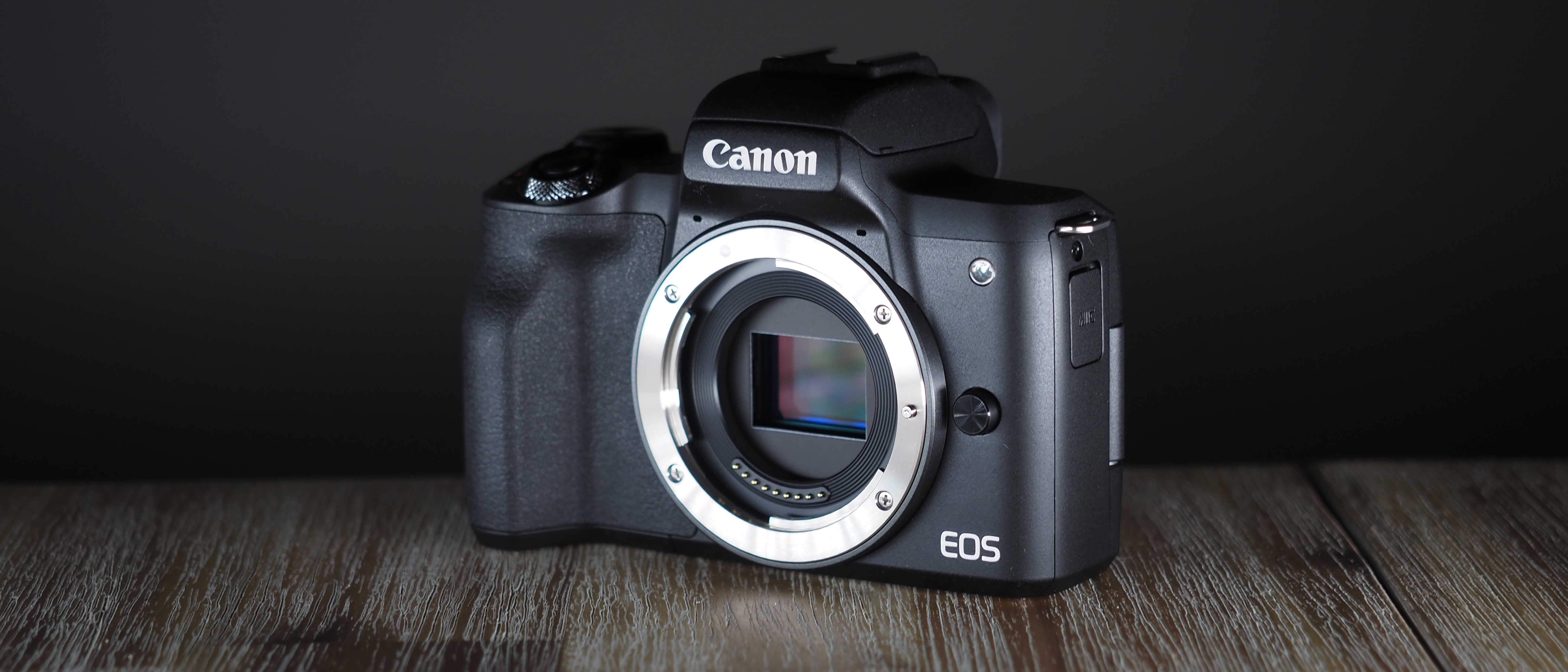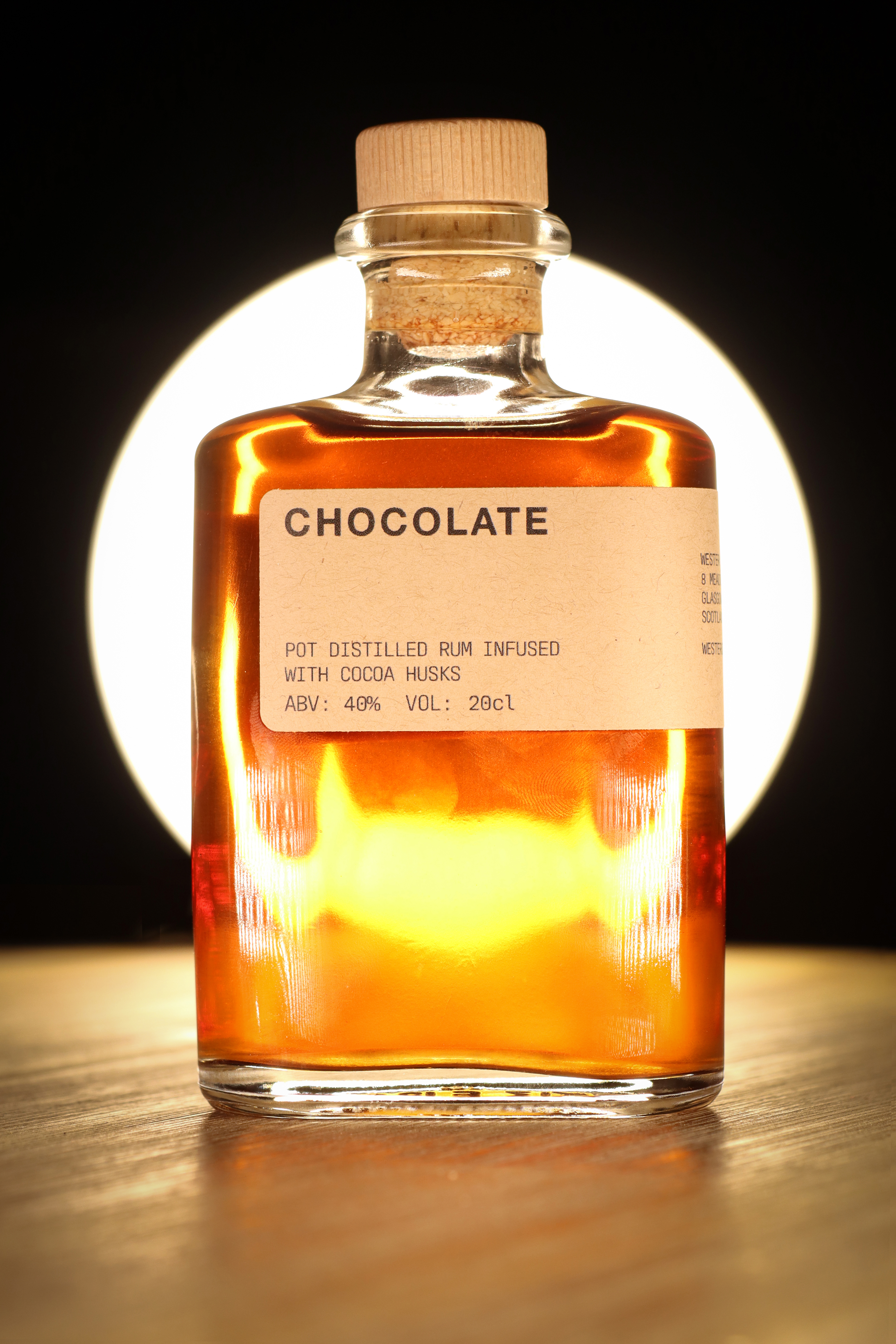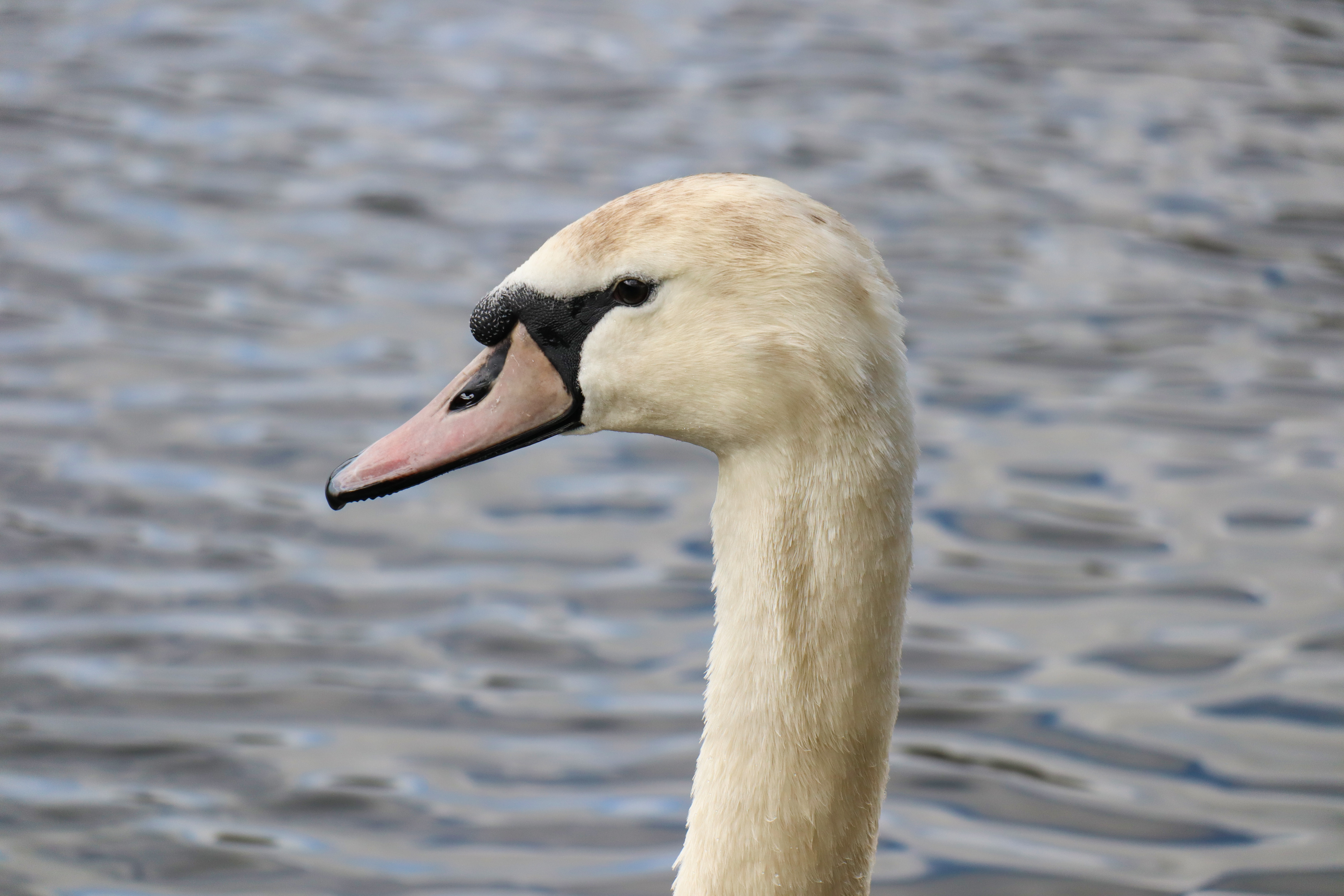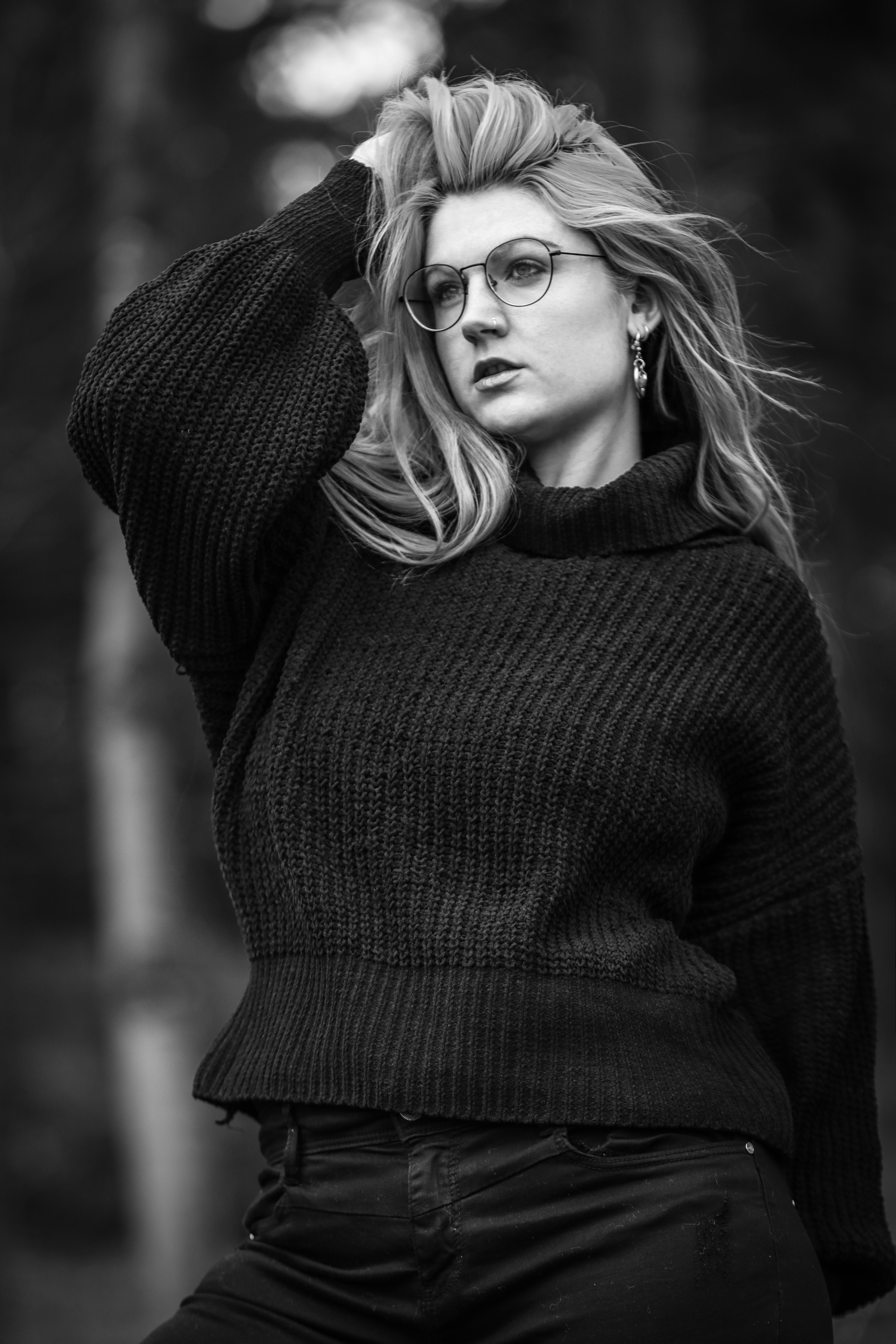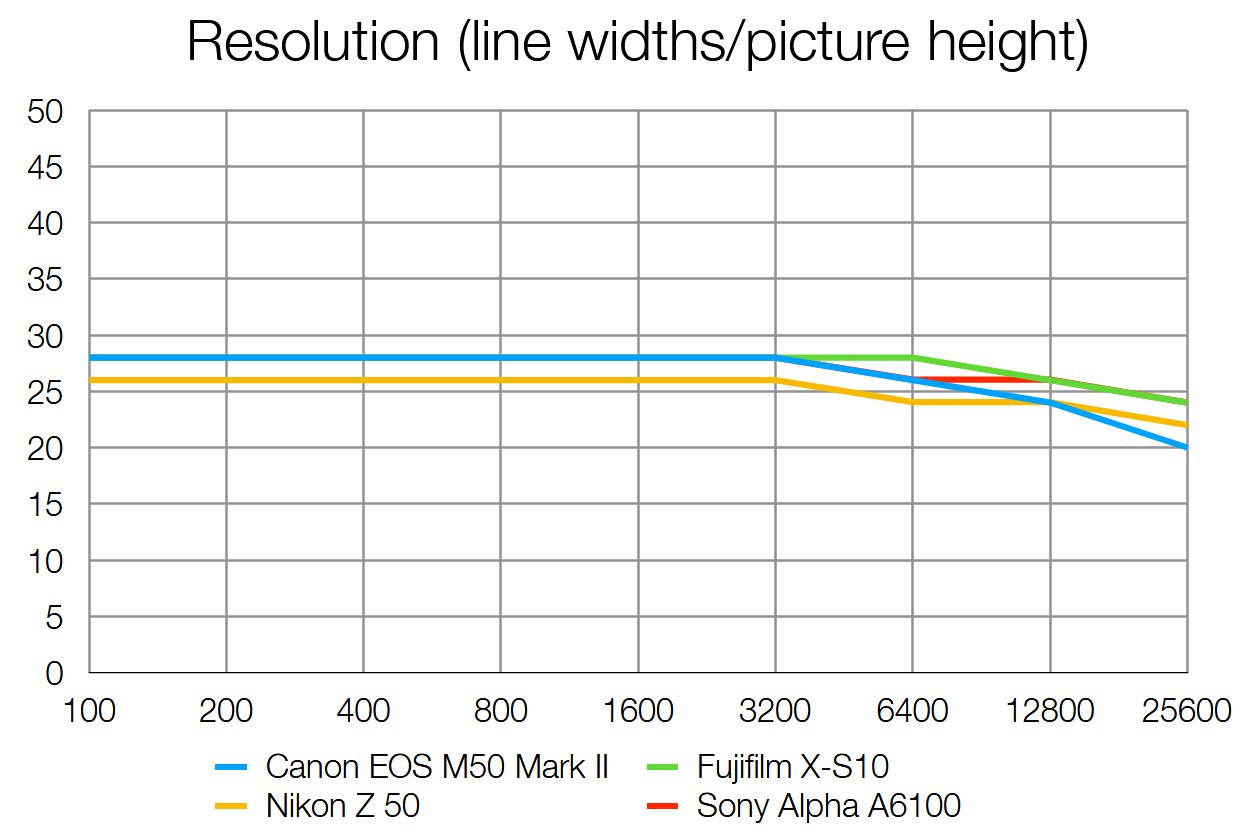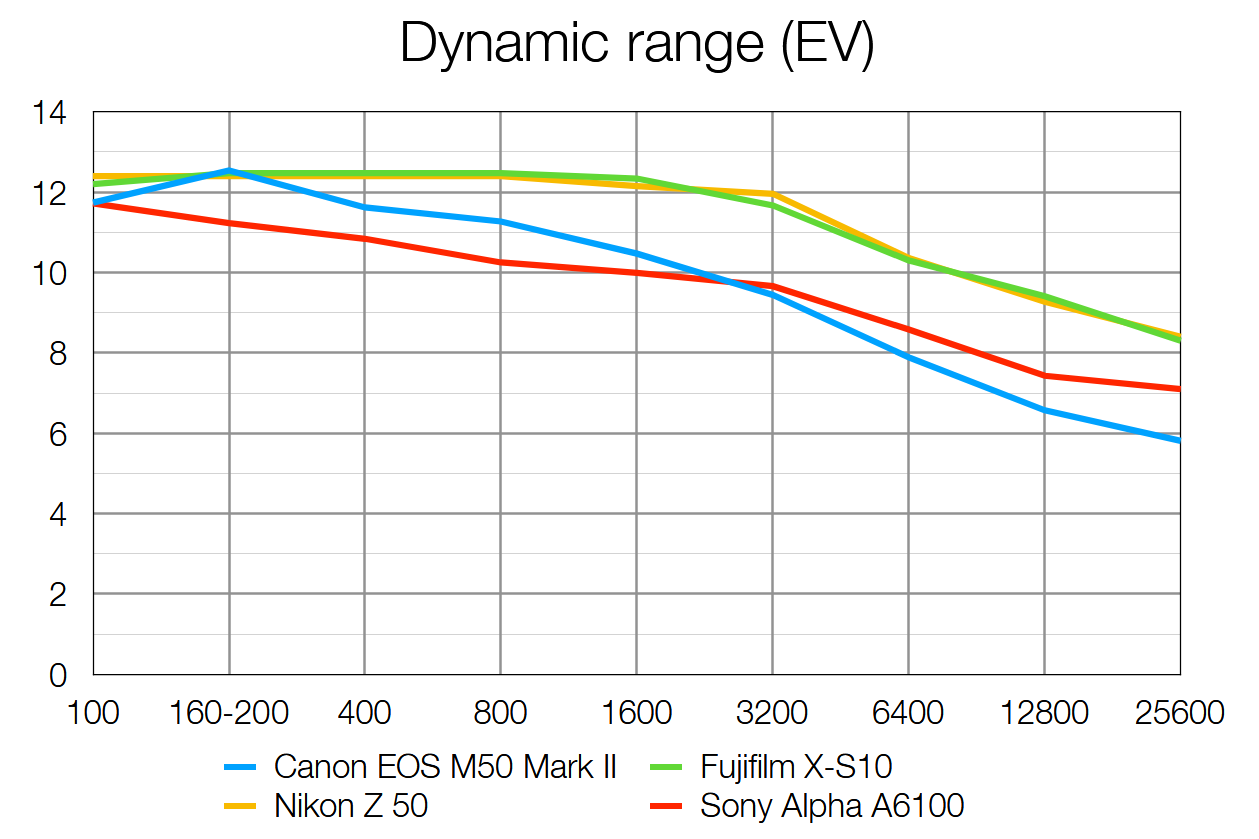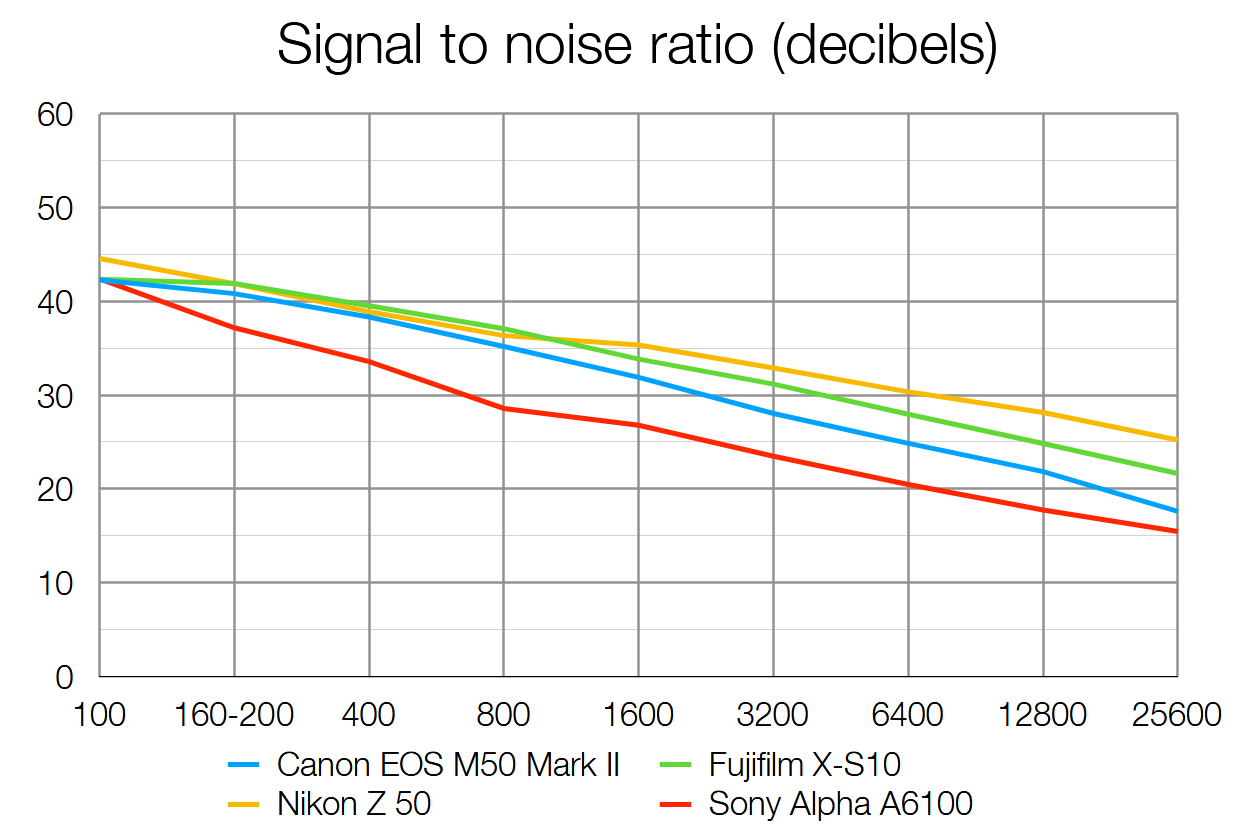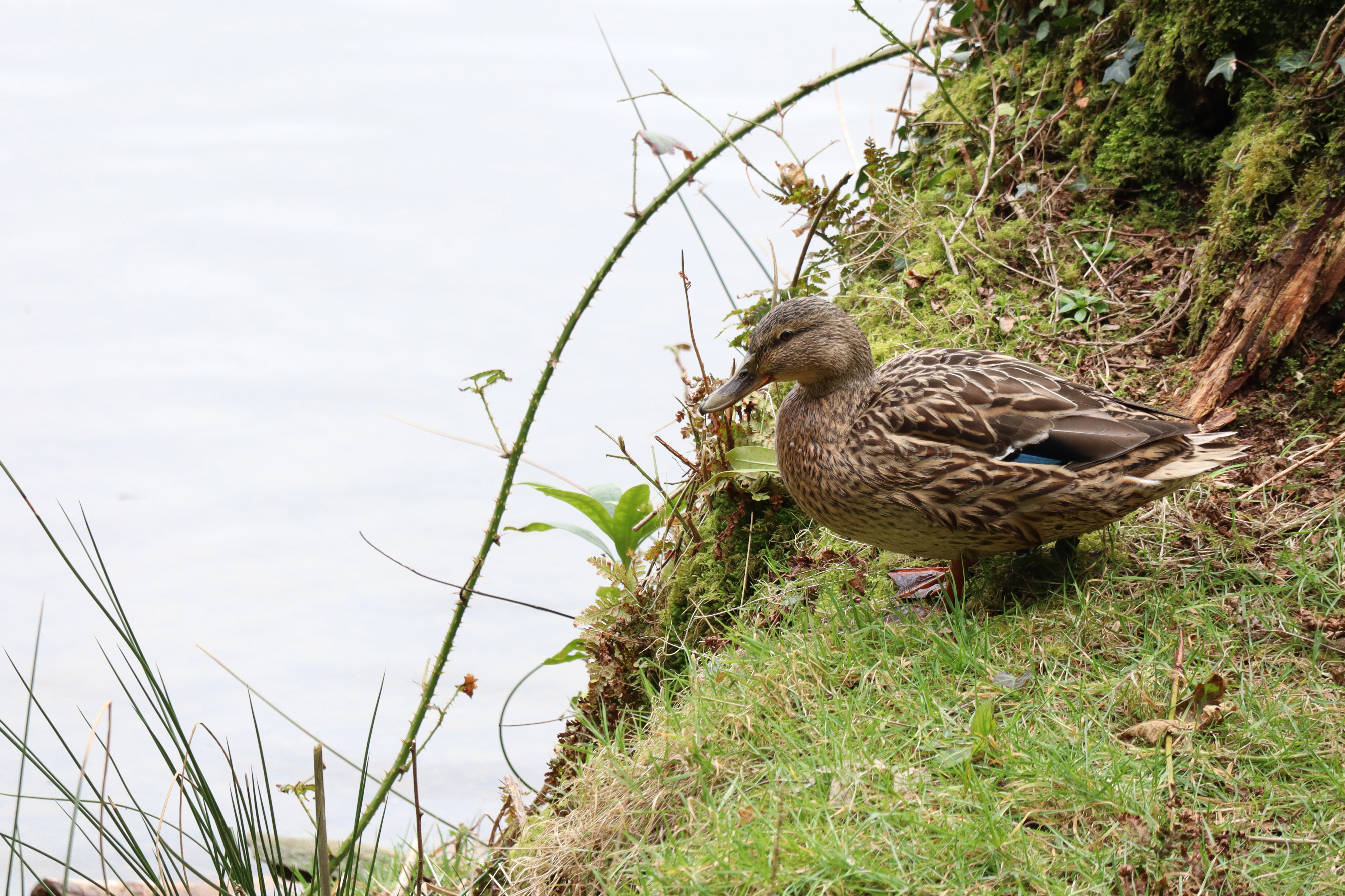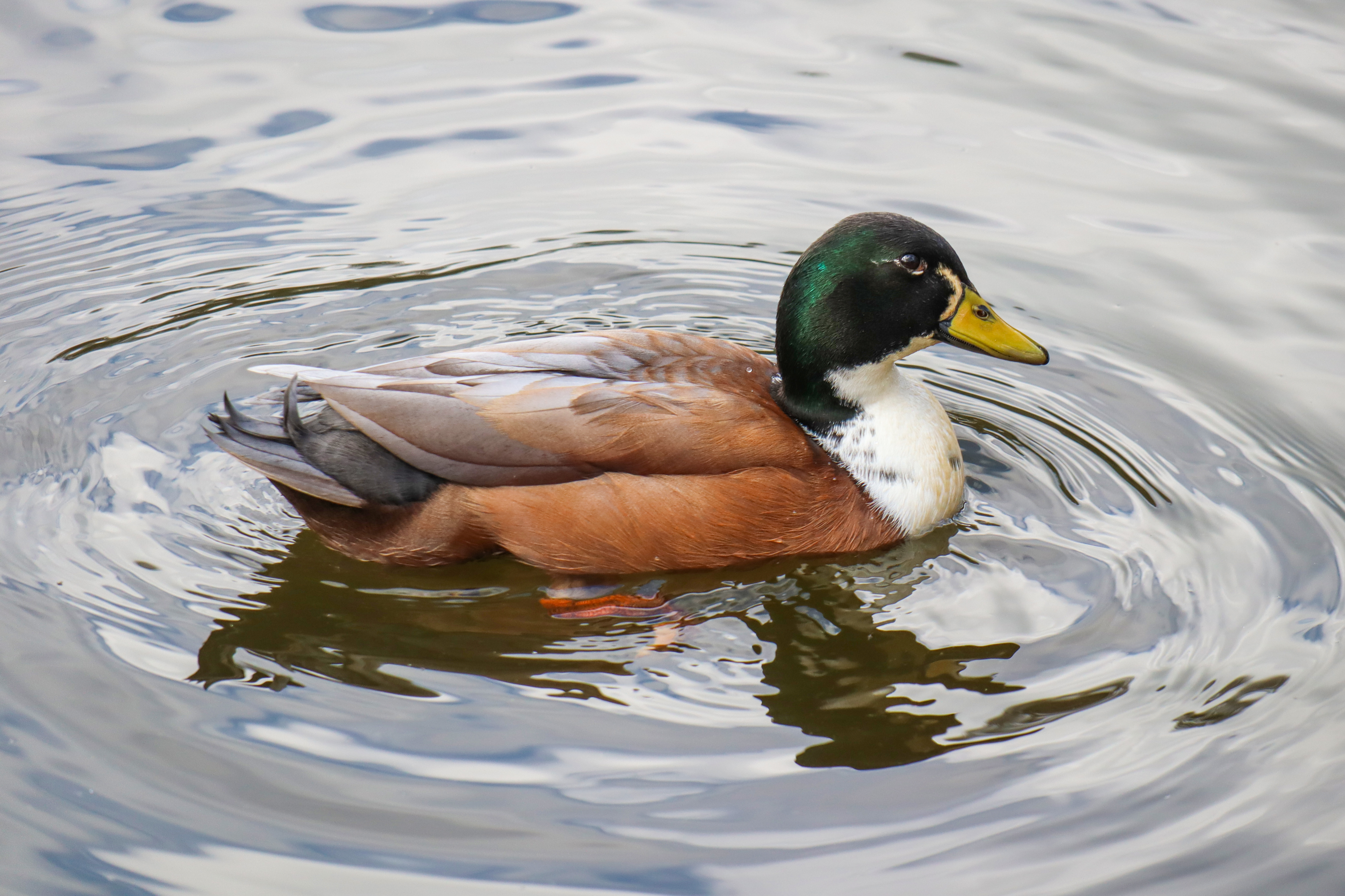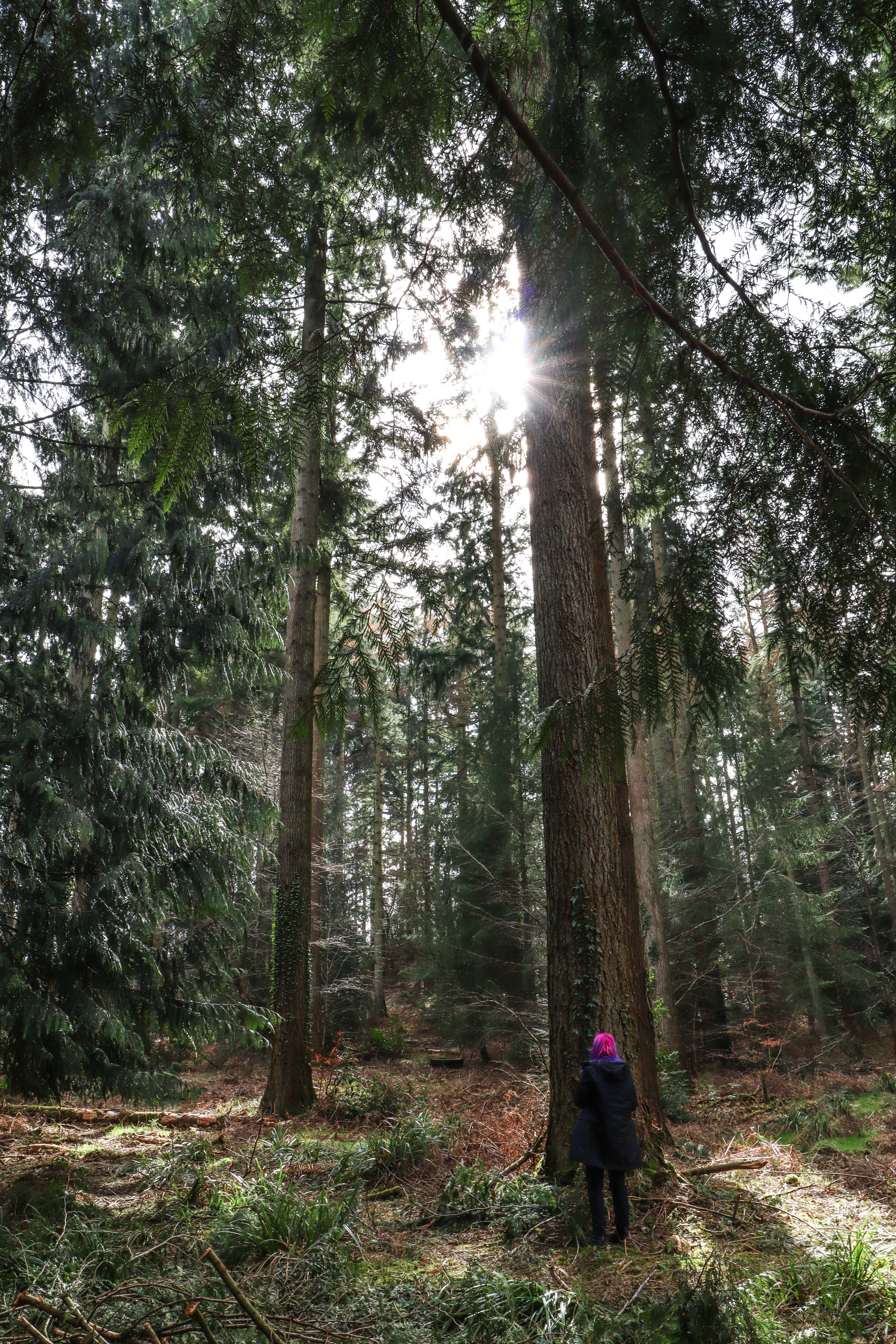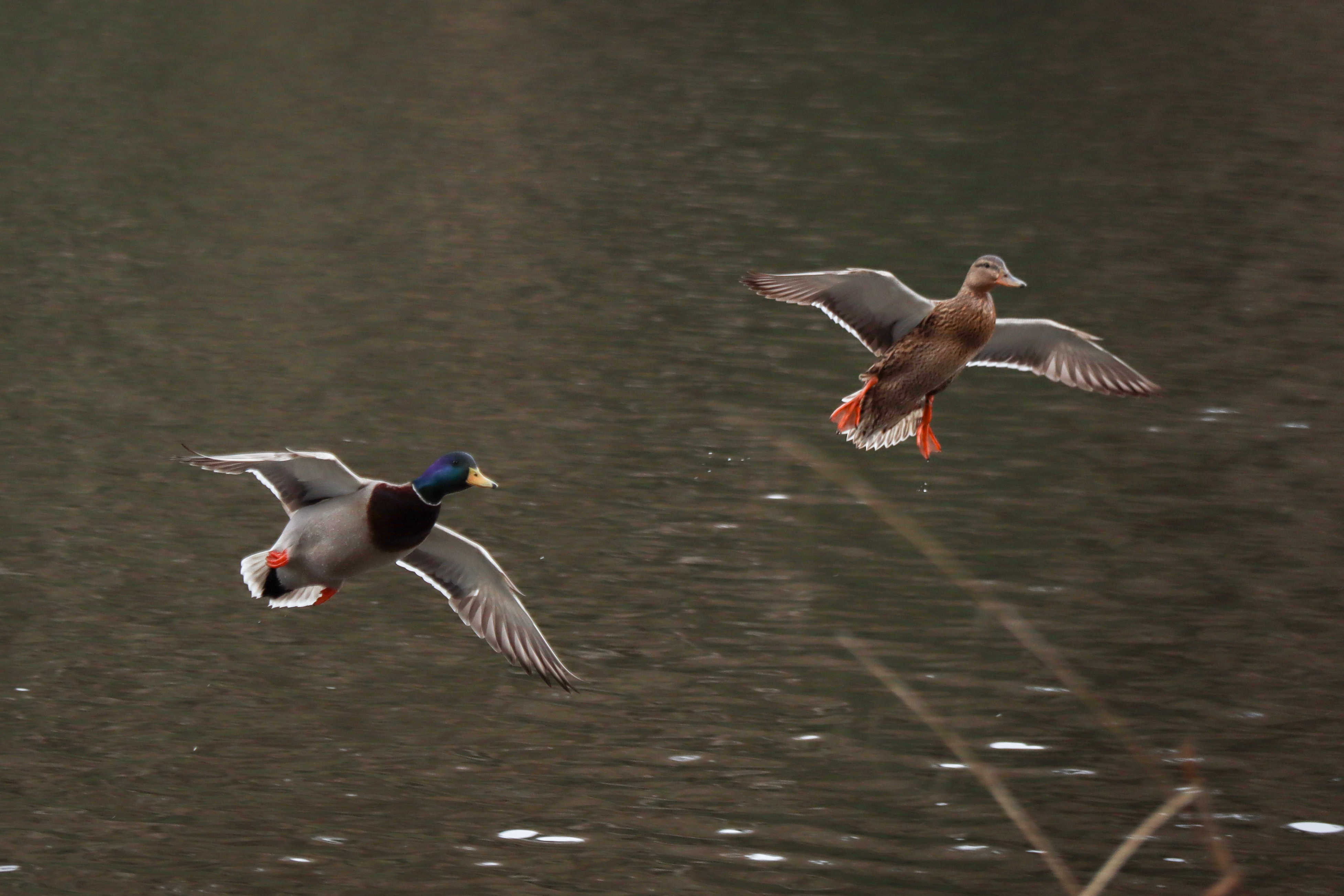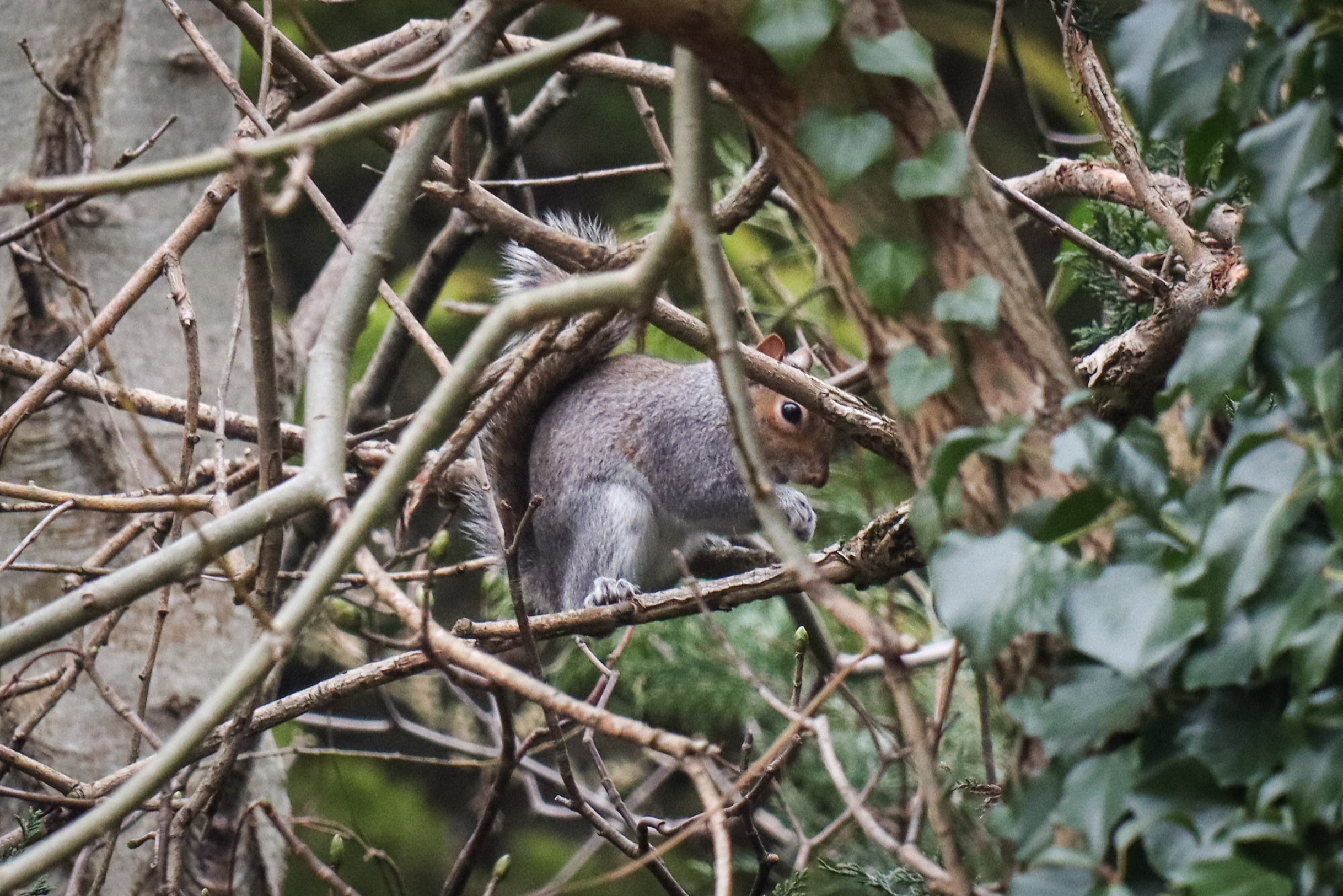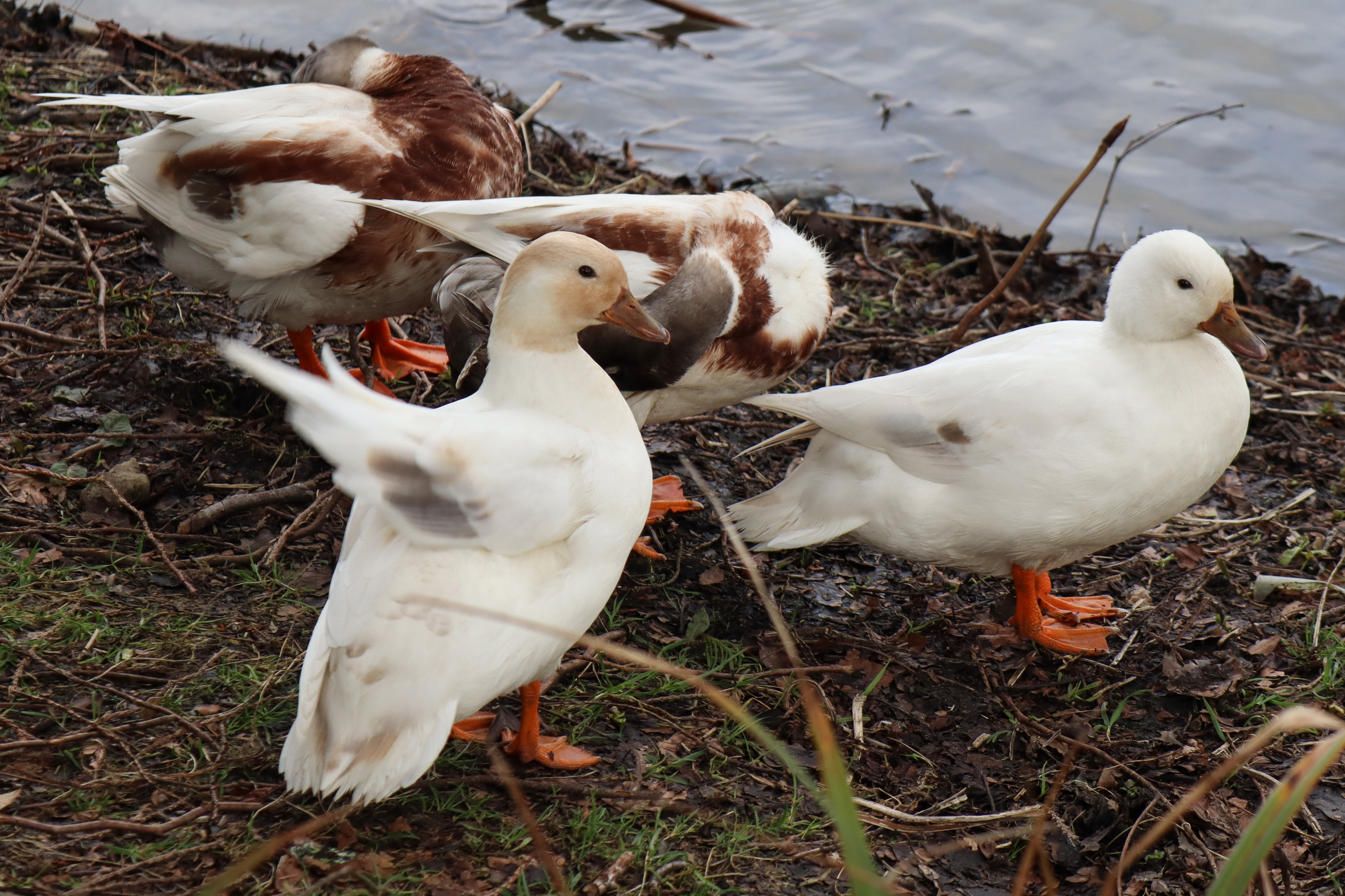Digital Camera World Verdict
While we would in no way recommend upgrading to the Canon EOS M50 Mark II if you own the original camera, if you're coming to the system afresh there are a lot of things to like about it. It's incredibly compact and capable, taking great stills and 1080p video, which makes it ideal for travel, everyday imaging and vlogging and content creation – especially for streaming and vertical shooting. If you need to record 4K then this isn't the camera for you, but as an affordable go-anywhere and shoot-(almost-)anything camera this is Canon's most recommendable EOS M body.
Pros
- +
Great stills and 1080p
- +
Clean HDMI out
- +
Vertical video
- +
YouTube live streaming
Cons
- -
4K is very compromised
- -
Eye Detect AF not 100%
- -
Only one control dial
- -
Rolling shutter
Why you can trust Digital Camera World
The Canon EOS M50 Mark II has arrived – and, on paper, it's quite a curios camera. Its 24.1MP image sensor, Digic 8 processor, 2.36 million-dot EVF and 3-inch touchscreen all seem very familiar.
And there's good reason for that. The Canon EOS M50 Mark II is, both internally and externally, virtually identical to the original Canon EOS M50. The same hardware, same ergonomics, same sensor, same almost-everything. It's a proper step up from Canon's base level EOS M200 model, but then so was the original.
What makes the Mark II different, then? Not a huge amount, but it might make a huge amount of difference depending on what you want to use your camera for. Stills shooters see the least benefit here, but if you shoot video – especially if you're a content creator – then the additions here are significant… with one big caveat.
So, is the Canon EOS M50 Mark II the ultimate user-friendly travel and vlogging camera, and does it warrant a purchase over the best-selling original?
Canon EOS M50 Mark II video review
Watch video: Canon EOS M50 Mark II review
Canon EOS M50 Mark II specs
Sensor: 24.1MP CMOS APS-C
Image processor: Digic 8
Lens mount: Canon EF-M
Autofocus: Dual Pixel CMOS AF (contrast detect only in 4K) with 3,975 focus positions
ISO range: ISO100-25600 (exp. to 51200)
Video: 1080p up to 60p, 4K (with 1.6x crop) up to 25p
Viewfinder: 0.39-type OLED EVF, 2.36 million dots
Memory card: 1x SD UHS-I
LCD: 3-inch fully articulating LCD touchscreen, 1.04 million dots
Max burst: 10fps
Connectivity: Wi-Fi (2.4Ghz), Bluetooth (4.1), micro USB, micro HDMI, microphone
Size: 116.3 x 88.1 x 58.7mm
Weight: 387g (black) / 388g (white) including battery and memory card
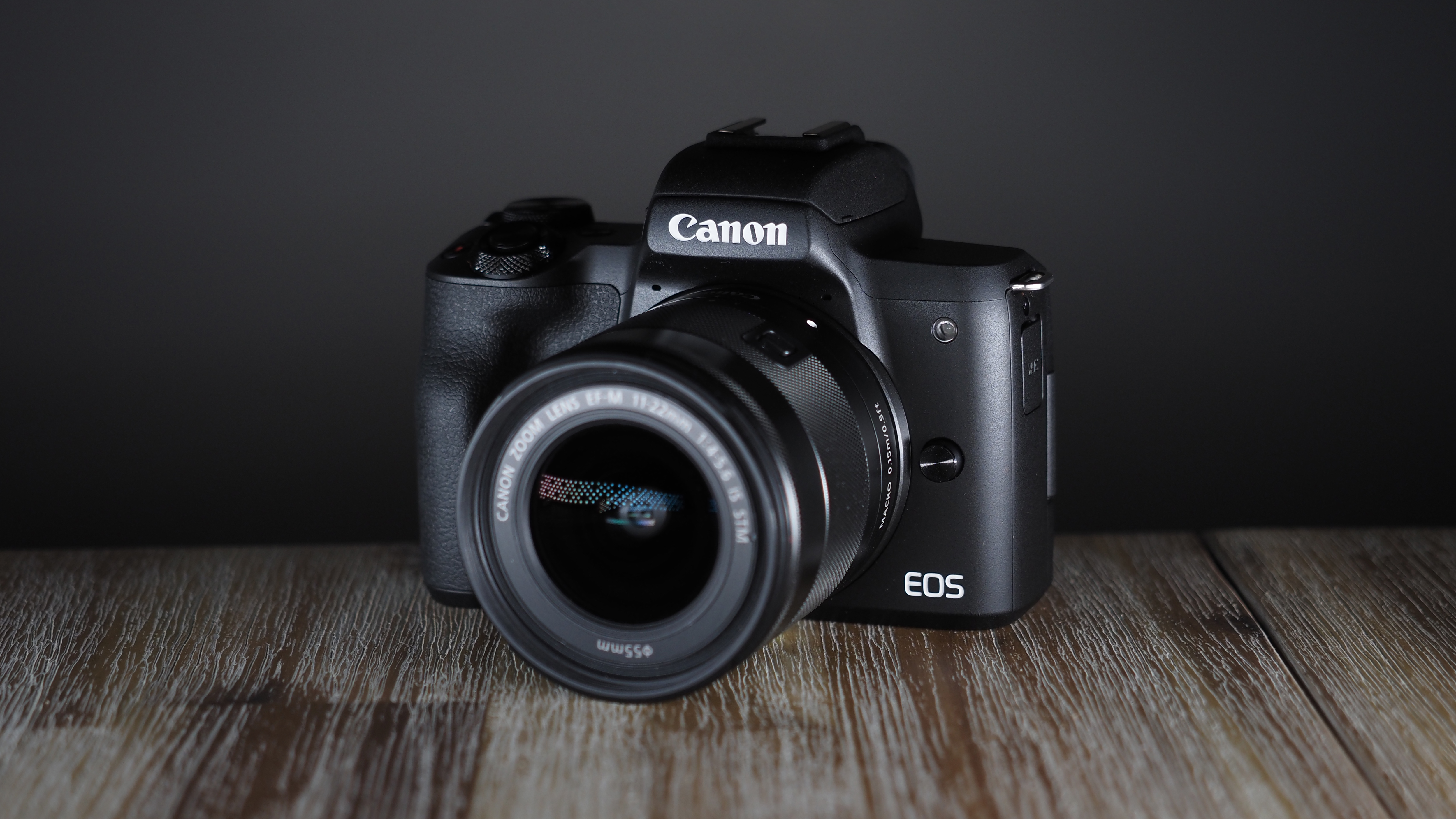
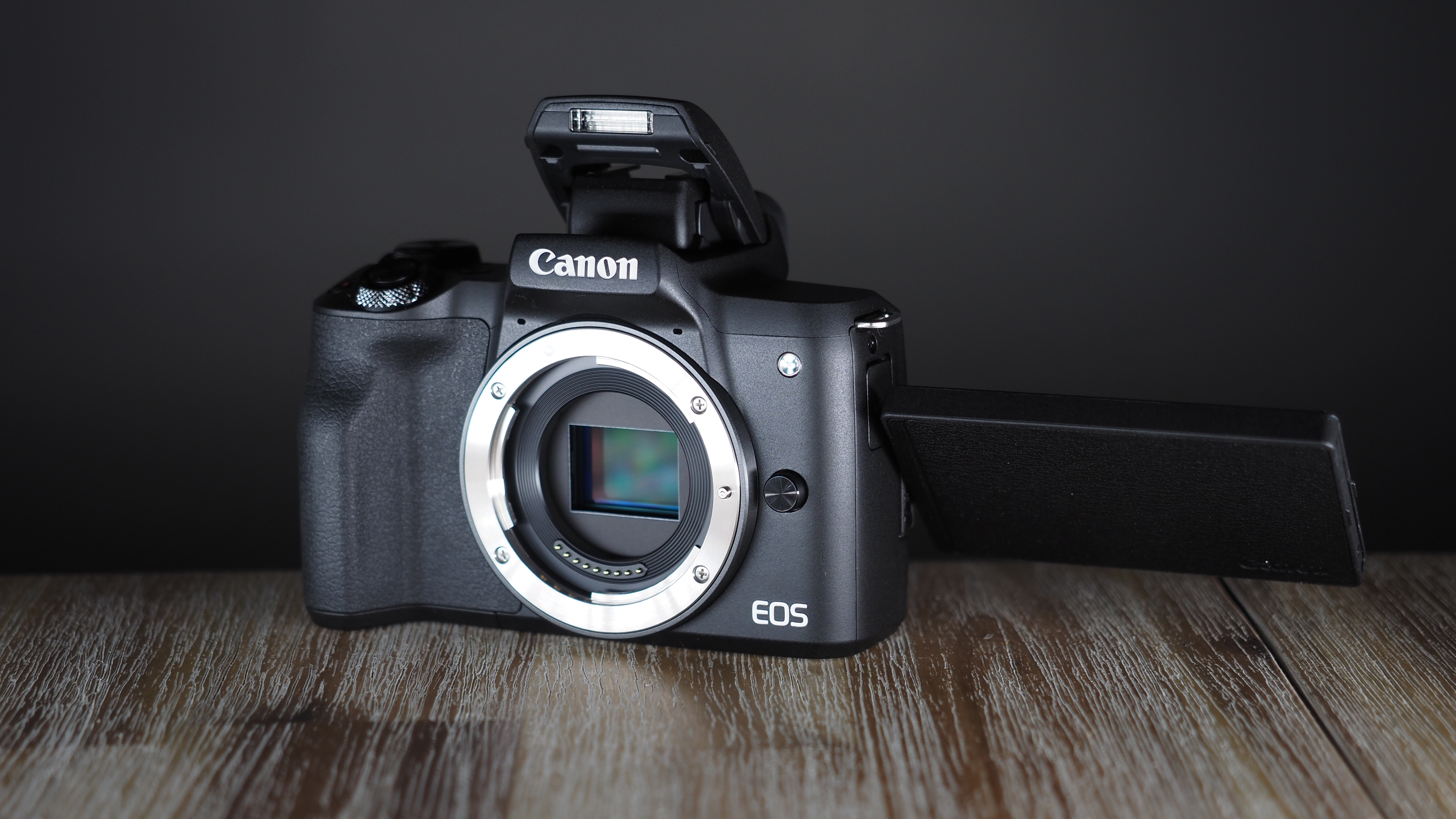
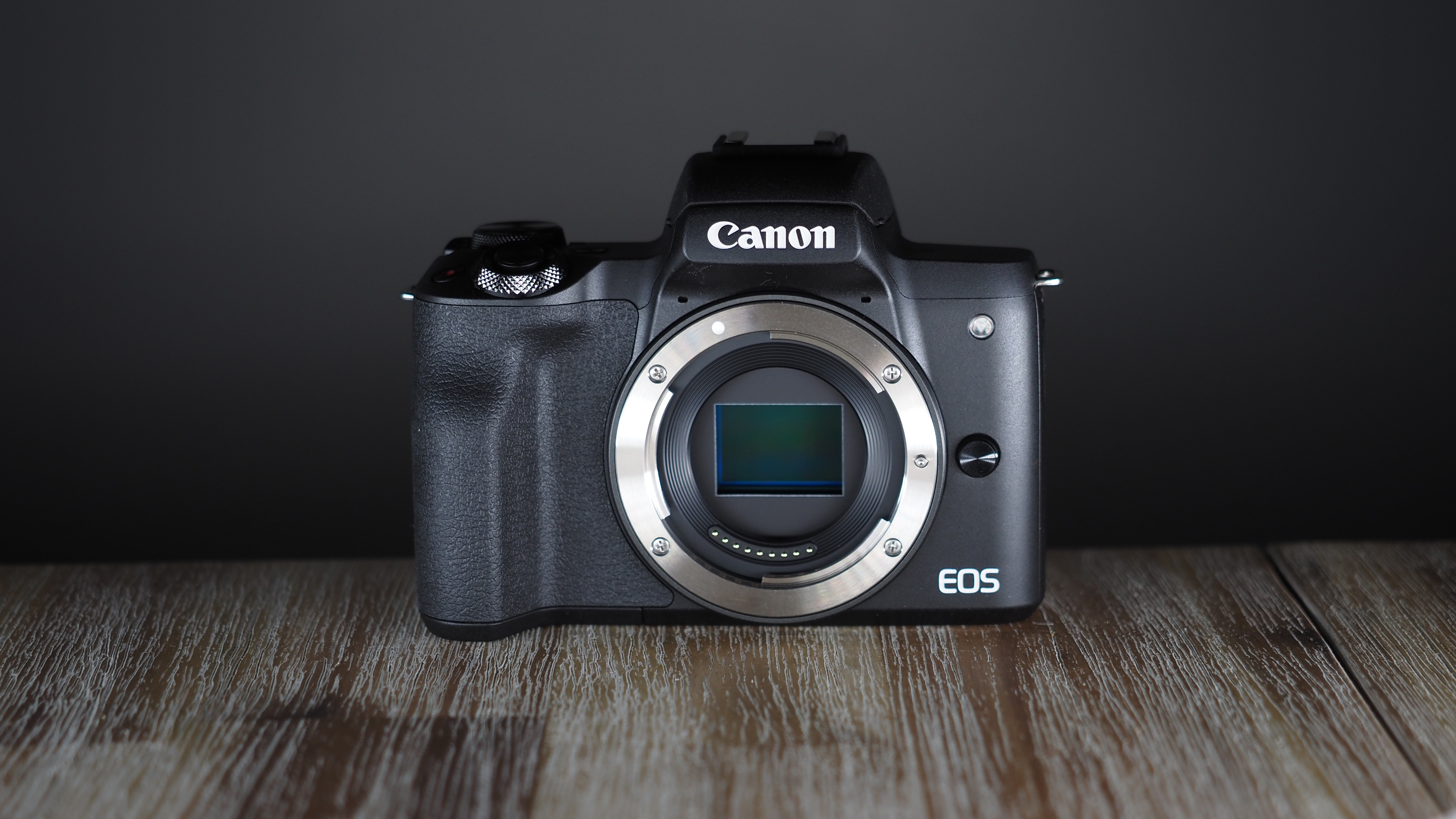
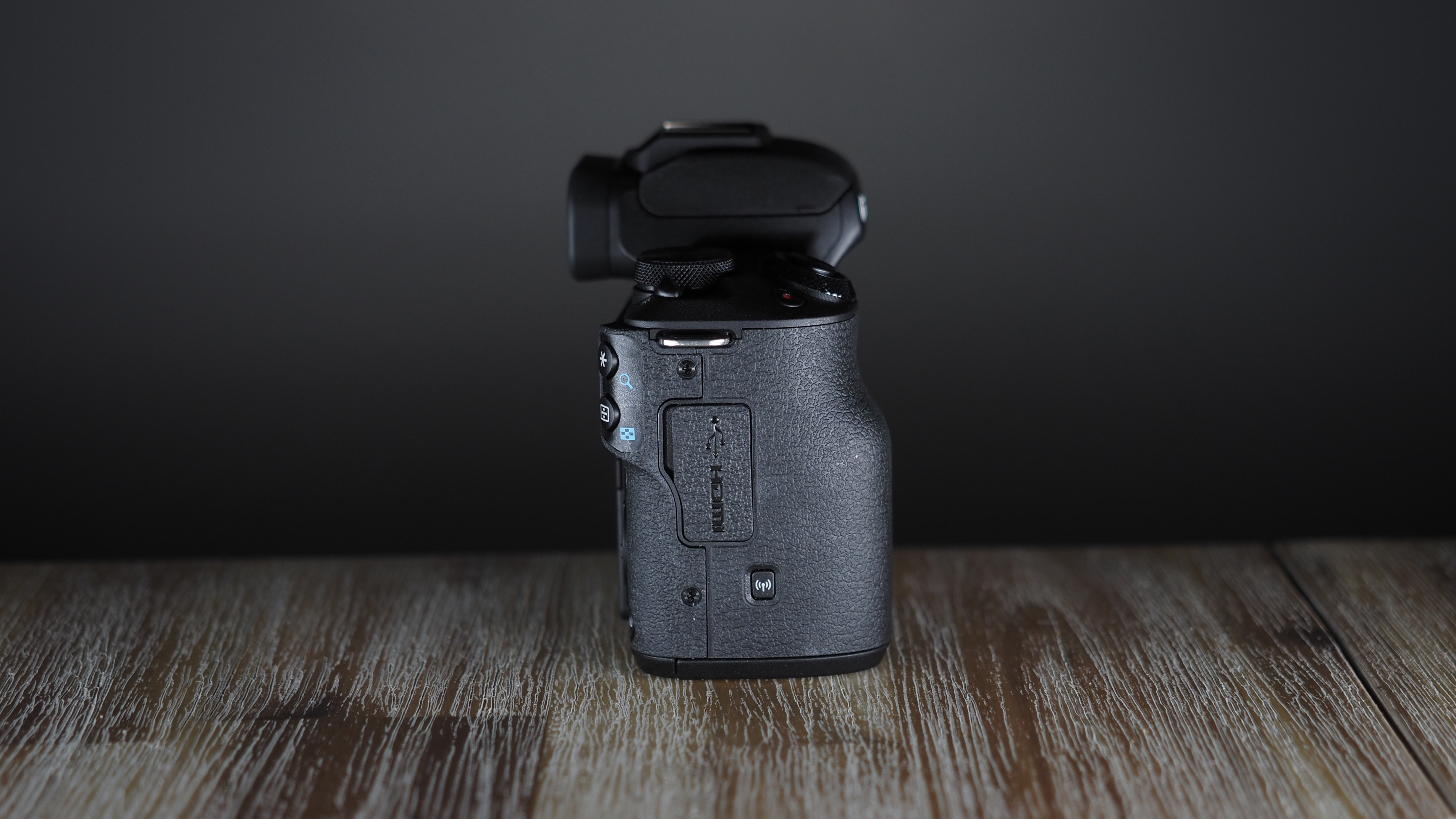
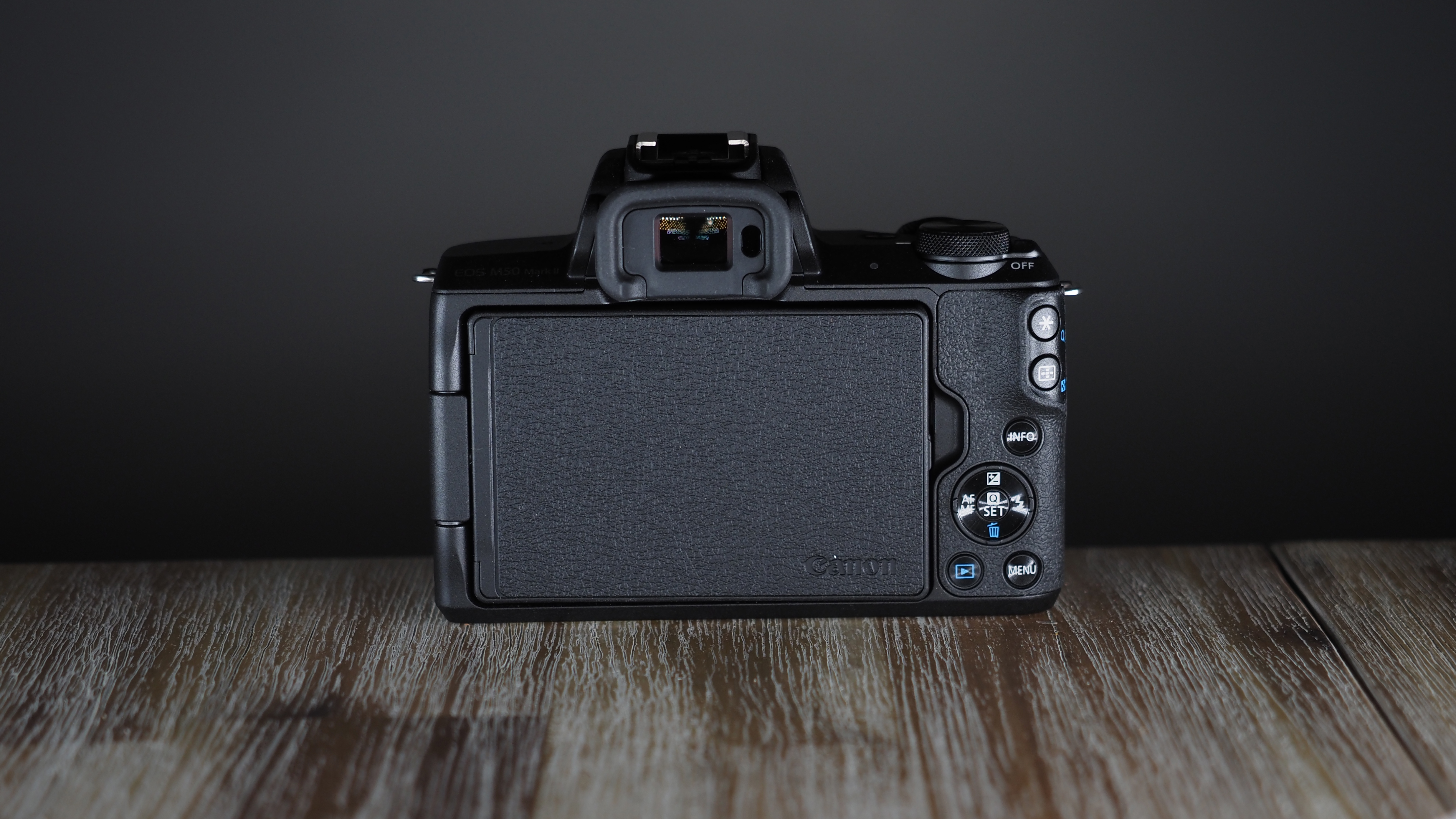
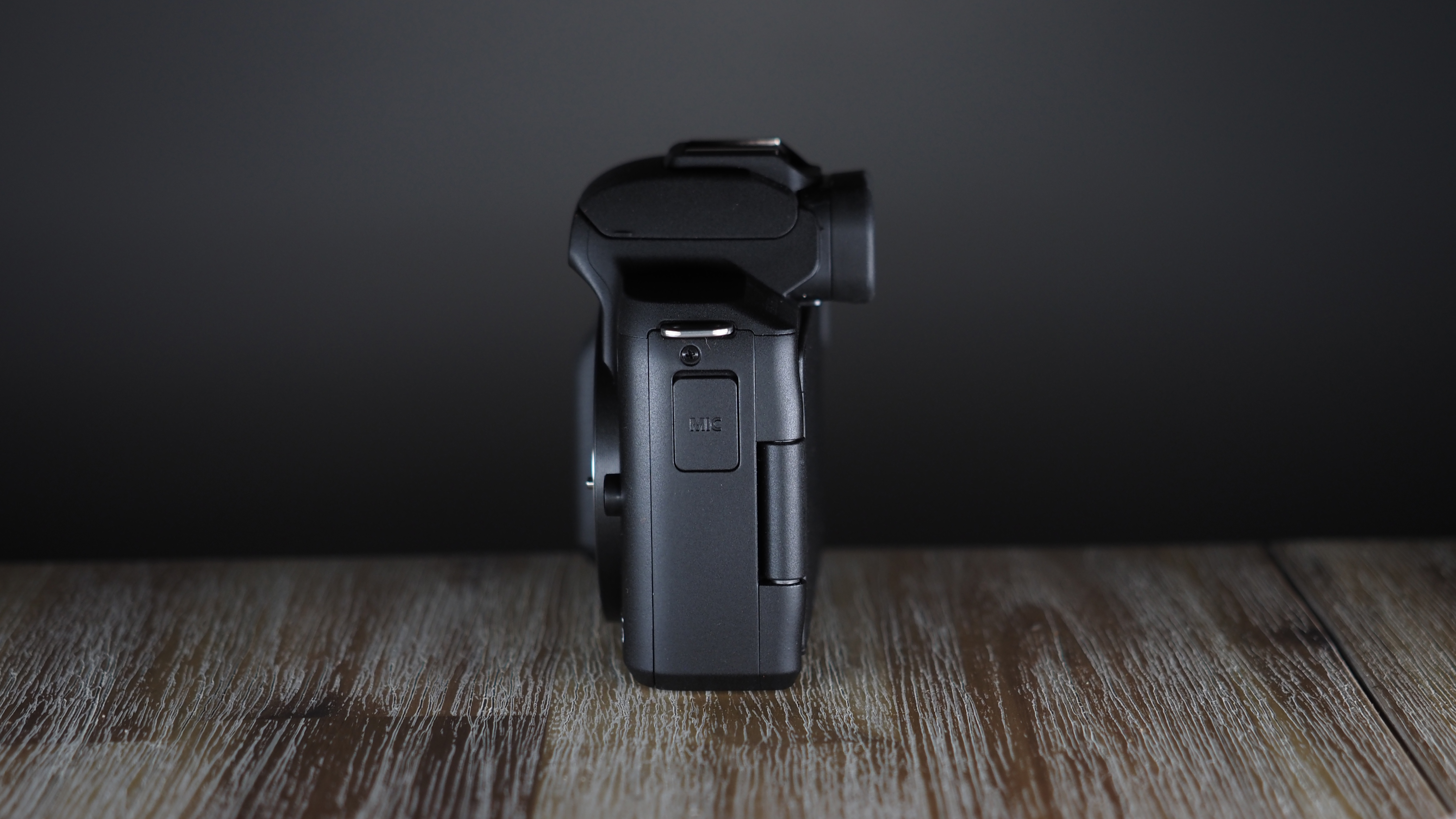

Canon EOS M50 Mark II key features
As noted, in terms of hardware, you're getting an identical camera to the original M50. That means you get the same capable 24.1MP APS-C image sensor, with a sensitivity of ISO100-25600 and a maximum burst shooting speed of 10fps.
The best camera deals, reviews, product advice, and unmissable photography news, direct to your inbox!
This renders sharp and appealing still images, and thanks to Canon's spectacular Dual Pixel CMOS AF you can expect robust autofocus performance to get your shots sharp. However, the market that the EOS M50 Mark II is really making a play for is video and content creation.
It captures 4K video at 24 or 25p, and 1080p (FullHD) video at 60, 50, 30, 25, and 24p. However, there are a caveats; while 1080p features the same Dual Pixel AF (based on superior phase detect autofocus technology), 4K video is instead limited to a more primitive contrast detect system. In addition, shooting in 4K invokes a minimum of a 1.6x crop factor.
So far, so familiar. What is different here over the original is entirely software based – and this is where the potential big differences lie.
For starters, the M50 Mark II now features a clean HDMI out – making this a much better option for streaming and webcamming, provided you have a capture card such as the Elgato Game Capture HD60 S or a dongle like the Elgato Cam Link. You can, of course, still connect the camera to your computer via a USB connection with Canon's Webcam Utility software.
It can also record social media-friendly vertical video, and can even live stream directly to YouTube – both of which are significant features to the burgeoning content creation market.
Finally, it also gets a boost to its autofocus performance thanks to the addition of eye detect AF – which detects and tracks human eyes when shooting both stills and video footage.
Canon EOS M50 Mark II build and handling
Again, the M50 Mark II shares the same tiny footprint as its predecessor – this is a truly compact, yet capable, mirrorless camera. As you can see in the image below, thanks to its cropped APS-C image sensor, it's much smaller and more nimble than full-frame mirrorless cameras like the Canon EOS R5 (which is already much smaller than a DSLR).
What's surprising, though, is that it's actually even smaller than Micro Four Thirds (MFT) cameras like the Olympus OM-D E-M5 Mark III. Given that MFT sensors are even smaller than APS-C ones, its' unusual for an APS-C body to have a smaller form factor – however, the M50 Mark II's compact form gives it the same size advantage as a Micro Four Thirds camera, with all the benefits of a larger and higher-resolution APS-C sensor.
Unsurprisingly the M50 Mark II packs the same 2.36 million-dot OLED electronic viewfinder and 3-inch, 1.04 million-dot fully articulating LCD touchscreen as its predecessor.
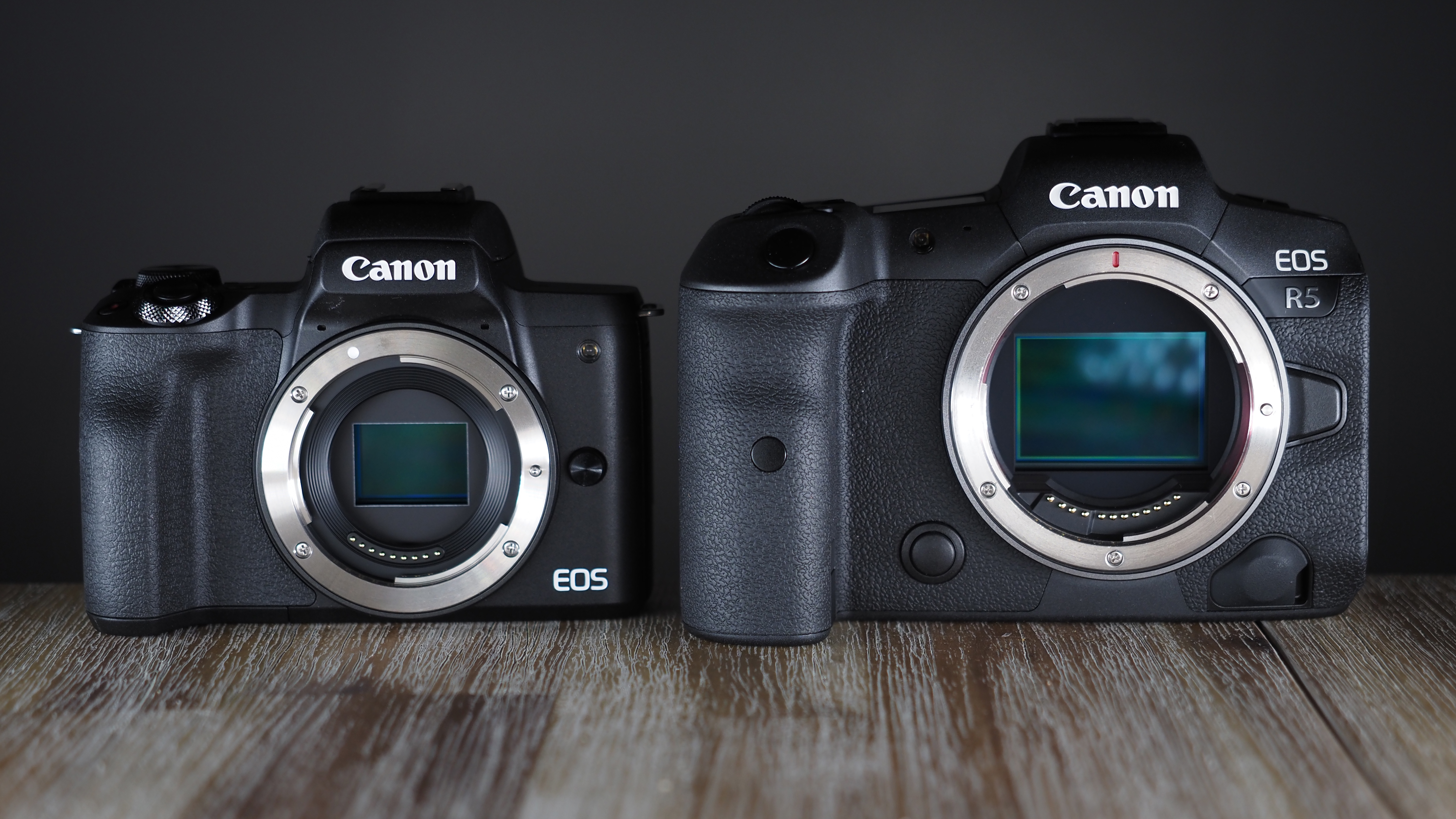

Neither are going to blow your socks off, but both are more than up to the job of shooting both stills and video, giving you a what-you-see-is-what-you-get preview of your actual exposure – and the articulating screen is ideal for videography and filming yourself, as well as snapping selfies and capturing photographs at awkward angles without having to contort to see through the viewfinder.
The camera only has a single control dial, which lends itself to either fully automatic shooting or a semi-automatic mode like shutter or aperture priority. However, a quick button tap makes it easy to switch between the different exposure controls if you want to go fully manual.
This isn't a weather-sealed camera, and the body is a lightweight plastic affair, though it's by no means brittle or flimsy. While you wouldn't want to shoot in a downpour or throw it around too much, you'll be more than happy slinging it over your shoulder on a hike or letting your kids have a play.
Canon EOS M50 Mark II performance
We tested the M50 Mark II with a selection of EF-M lenses as well as full-frame EF glass using a simple mount adapter – and this is a notable benefit of the EOS M system. While it has a fairly well-rounded ecosystem of compatible EF-M lenses, designed specifically for Canon's mirrorless APS-C format, you can easily mount Canon's larger EF glass designed for full-frame DSLRs.
This gives you access to an incredibly diverse range of optics and gives the M50 Mark II a staggering number of lens options – though they will be subject to a 1.6x crop factor, due to the smaller sensor size (so a 50mm EF lens would have an effective focal length of 80mm here).
By and large we got rich, sharp, detailed shots of all manner of subjects – the 24.1MP sensor may not be new, but it still renders impressive images. We did notice that the newly implemented eye detection isn't as robust as on Canon's other cameras; it didn't nail the eyes 100% of the time in our test shots, though we have been spoiled by the unparalleled eye AF on the EOS R5.
While its dynamic range isn't the best in its category, there is still a lot of data present in the files recorded by the M50 Mark II – which means there is a lot of play in the shadow and highlight areas to 'pull back' your shots if they're over or underexposed, particularly if you shoot RAW.
While things are generally all good in the still image category, things are a little more complicated when it comes to video.
Firstly, as noted earlier, this is not a good 4K camera. Having a cropped 4K image in 2021 simply isn't acceptable (you can see the severity of the 1.6x crop in the sample footage below), let alone when it means that you also lose the Dual Pixel AF that is one of the biggest selling points of this camera.
The substitute contrast detect AF is incredibly hit and miss, and pulses and hunts sufficiently that you risk spoiling shots or losing focus entirely. In addition, 4K video suffers from fairly unpleasant rolling shutter (the 'Jell-O effect' as you pan from side-to-side).
That said, for vloggers and content creators the subpar 4K performance may not actually make a huge difference, as most creators shooting for YouTube only record in 1080p anyway – and this is a largely excellent 1080p camera.
The lack of in-body image stabilization means that you'll be best served with a gimbal or tripod, but you can shoot up to 60p (for smooth motion or slow-motion, depending on what you need) and you retain the great Dual Pixel AF. A microphone jack also means that you can mount a shotgun mic or even plug in a lav mic to capture the best possible sound.
The ability to record vertical video will be scoffed at by purists, but it makes the M50 Mark II an important tool for creators shooting content for TikTok, Instagram and Facebook stories, and the ever-increasing wave of portrait-oriented media.
Unfortunately, though, we were unable to test the camera's ability to livestream directly to YouTube; despite burrowing through YouTube's labyrinthine menus and settings we simply couldn't get it to accept a direct feed from the M50 Mark II within the review period. We hope to be able to test this feature when we have more time.
Watch video: Canon EOS M50 Mark II sample footage
Canon EOS M50 Mark II lab data
For our lab data comparison, we compared the M50 Mark II against three other popular APS-C cameras geared towards vlogging and blogging: the Sony A6100, Nikon Z50 and Fujifilm X-S10.
Resolution:
Resolution is measured using standardized text charts which give results in line widths / picture height, which is independent of sensor size.
Resolution largely follows what you'd expect from the cameras' megapixel counts. The EOS M50 Mark II matches its 24MP rivals up to ISO 3200, though it generates slightly more noise at higher ISOs, masking more fine detail. The 20.9MP Nikon naturally can't quite match the 24MP cameras for resolving fine detail.
Dynamic range:
Dynamic range is a measure of a camera's ability to record extreme brightness ranges and still retain detail in the brightest and darkest parts of the scene. It's measured in EV (exposure values, or 'stops').
Though the EOS M50 Mark II starts off well at lower ISOs for dynamic range, it quickly falls behind the class-leading Nikon and Fujifilm cameras, and even falls behind the Sony A6100 at ISO 3200 and above. This could be due to the aging sensors in both the Canon and Sony cameras.
Signal to noise ratio:
This compares the amount of random noise generated by the camera at different ISO settings as a proportion of the actual image information (the 'signal'). Higher values are better and we expect to see the signal to ratio fall as the ISO is increased.
The M50 Mark II delivers reasonably clear images, though it does struggle at higher sensitivities. With its slightly lower megapixel count resulting in larger photosites over its image sensor surface area, the Z50 is the camera to beat in this sector for noise levels.
Canon EOS M50 Mark II verdict
The Canon EOS M50 Mark II is a camera that comes with a few asterisks. As a follow-up to the original M50, it's a disappointing successor. However, considered strictly on its own merits, it's an excellent hybrid mirrorless camera that performs well for stills and video.
Its 4K capabilities carry a number of caveats, and we can't recommend this camera if you intend to shoot 4K video. However, if you want to shoot 1080p and you're looking for a powerful, easy to use body with great autofocus that's as at home for run-and-gun videography as it is vlogging or creating for TikTok, the M50 Mark II is in its element.
Canon certainly offers more powerful APS-C cameras, such as the Canon EOS M6 Mark II, which deliver superior results in both stills and video. However, the M50 Mark II's party trick is its perfectly pitched performance-to-price ratio. This is an affordable, powerful, compact and easy to use camera that's ideal for travel and everyday photography, as well as all manner of content creation.
Canon EOS M50 Mark II sample images

James has 25 years experience as a journalist, serving as the head of Digital Camera World for 7 of them. He started working in the photography industry in 2014, product testing and shooting ad campaigns for Olympus, as well as clients like Aston Martin Racing, Elinchrom and L'Oréal. An Olympus / OM System, Canon and Hasselblad shooter, he has a wealth of knowledge on cameras of all makes – and he loves instant cameras, too.
